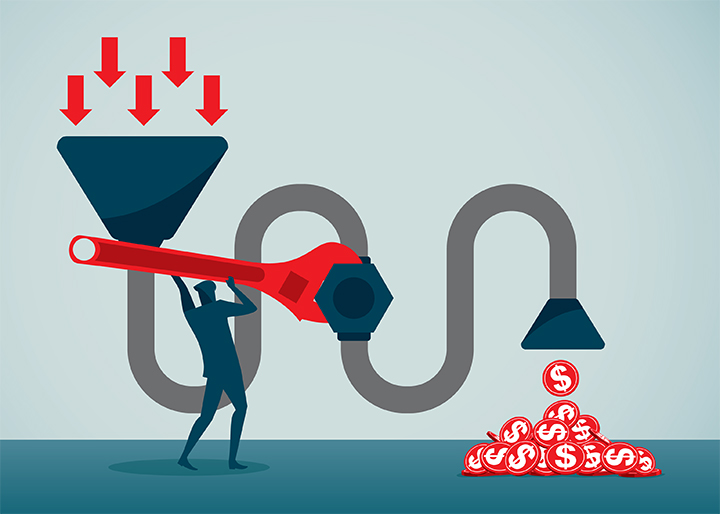How to Use Demand Generation to Fill the Top of Your Sales Funnel
The Key to Success is to Connect the Dots By Charlie Calise To generate business from high-quality prospects, companies must have a plan to seamlessly integrate their demand and lead generation approaches. Here is an overview of demand generation, what media types are best suited to support these top-of-funnel marketing activities, and how to integrate demand generation with lead generation to support your entire sales funnel. What is demand generation?
Read More








